In the vibrant tapestry of childhood, the relationships formed with siblings and friends are threads that weave everlasting connections. During a child’s development, one crucial milestone stands out — the ability to share with these siblings and friends. Sharing is a skill that transcends mere social etiquette; it lays the foundation for empathy, cooperation, and positive social interactions. The process of learning to share begins at home, in the nurturing arms of caregivers who play a pivotal role in shaping a child’s values and behaviors. In this blog, we’ll delve into the fascinating realm of how young infants and toddlers learn to share with their siblings and friends and explore effective tips for fostering this essential skill.
Below are 5 books we recommend to read to your child about sharing
1. Llama Llama Time to Share
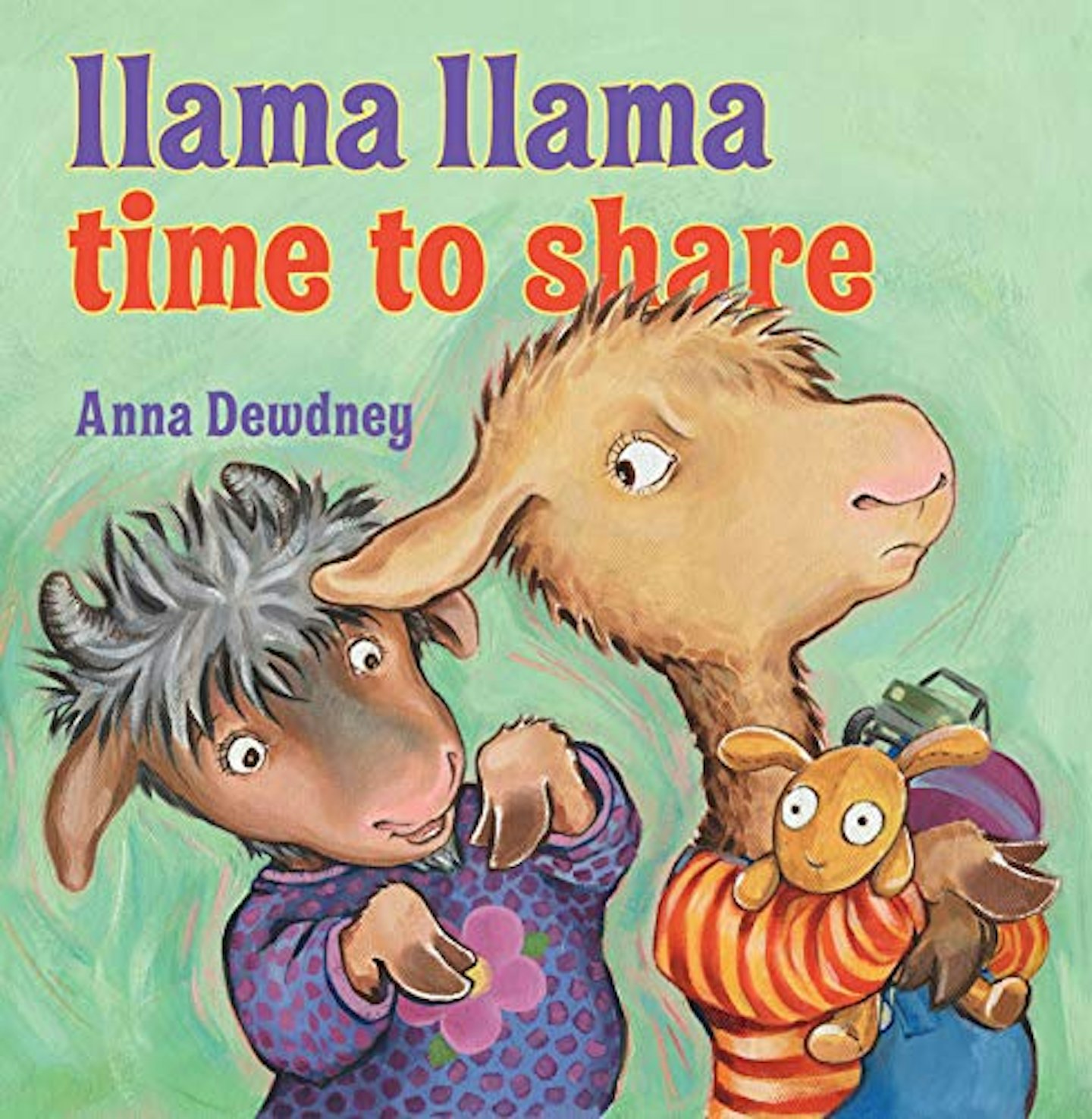
Description
In this story Llama gets stressed when Nelly Gnu comes over and wants Llama’s treasured Stuffie. Peace is restored via a pretend cake, and Llama is ultimately converted to sharing. Children seem to love the Llama Llama Time to Share.
One review said: “Fab book, they should have them more widely available in the UK I think. Currently my toddlers favourite story and teaches her to share too. Nice rhymes to read aloud and good length (not too long) for bedtime.”
2. I Can Share
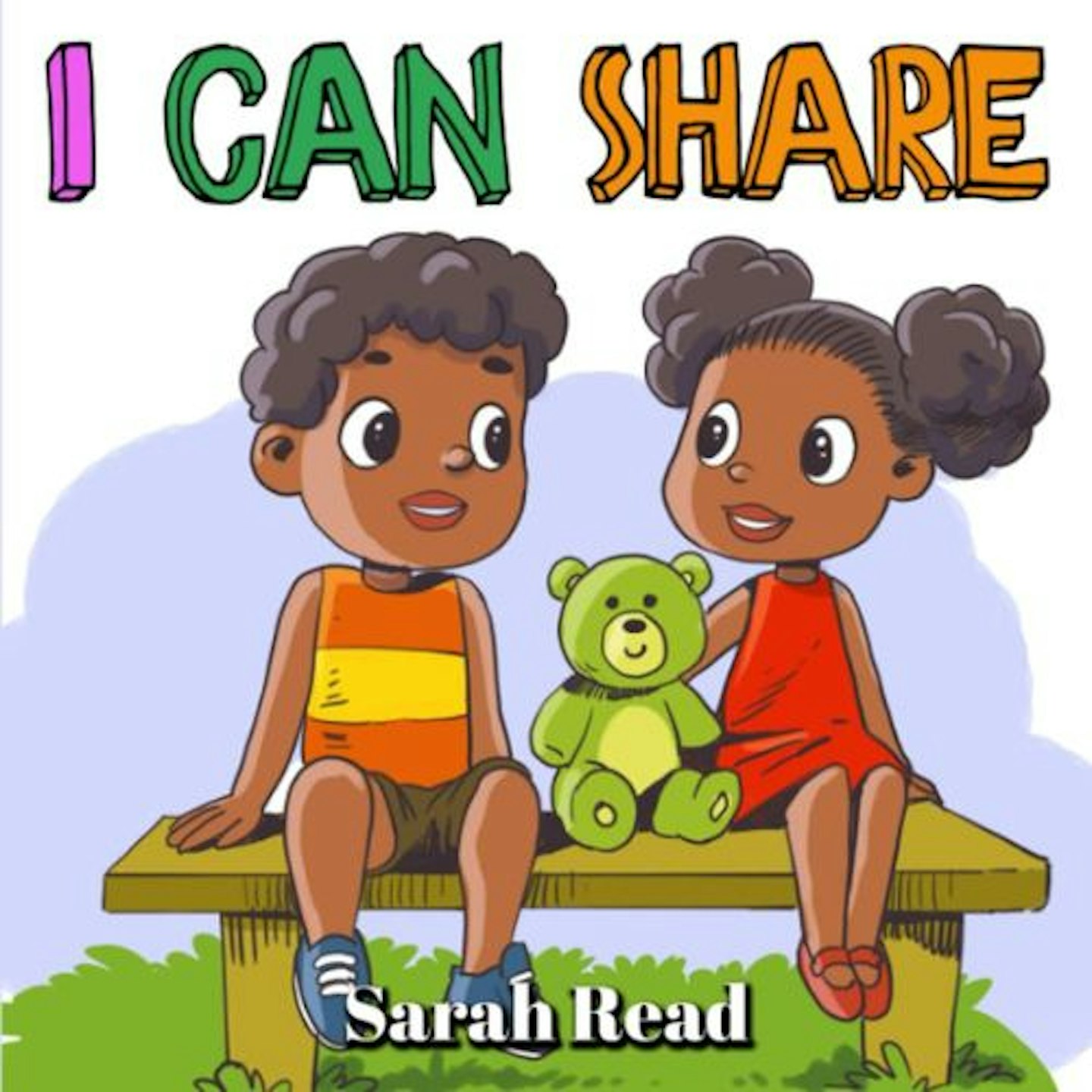
Description
This simple yet effective book easily explains the importance of sharing. I Can Share highlights every sibling problem when it comes to sharing!
One review said: “Great visuals. A warming story. A great picture of a father explaining better actions in a way children understand. Fun rhymes and a cute story. Perfect length for a bedtime store for a 5 year old.”
3. It’s Mine!
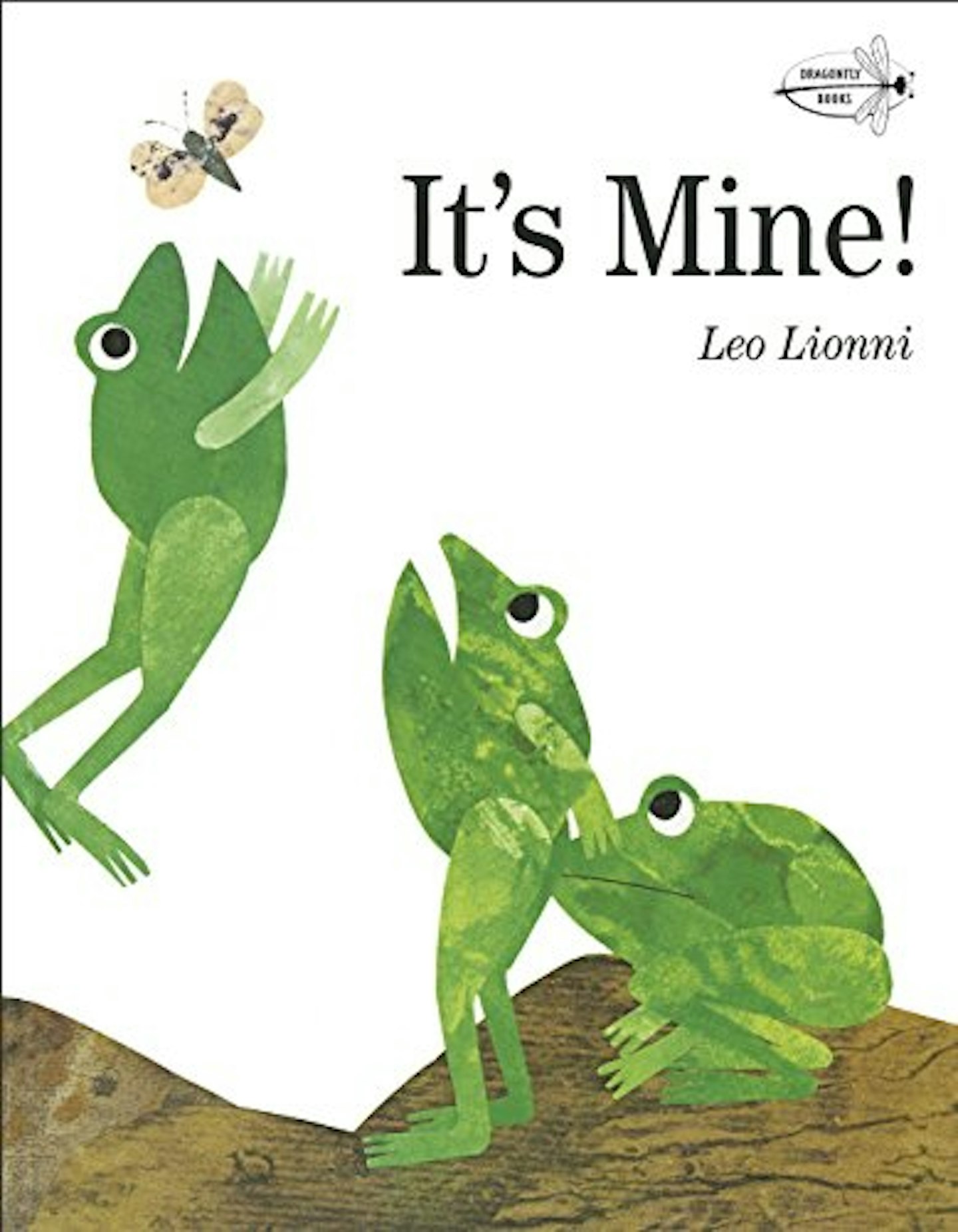
Description
This is the classic picture book on the importance of sharing-about three little frogs who must learn to work together in the pond. As always, Leo Lionni’s winning illustrations in It’s Mine! convey their moral with no compromise on charm.
One review said: “A fantastically illustrated story about bickering and selfishness which are turned around. Small children will enjoy the text and the pictures. Skillful adult questioning will point children in the direction of the messages about co-operation. Read the other brilliant stories by this author.”
4. Emily’s Caring and Sharing Book
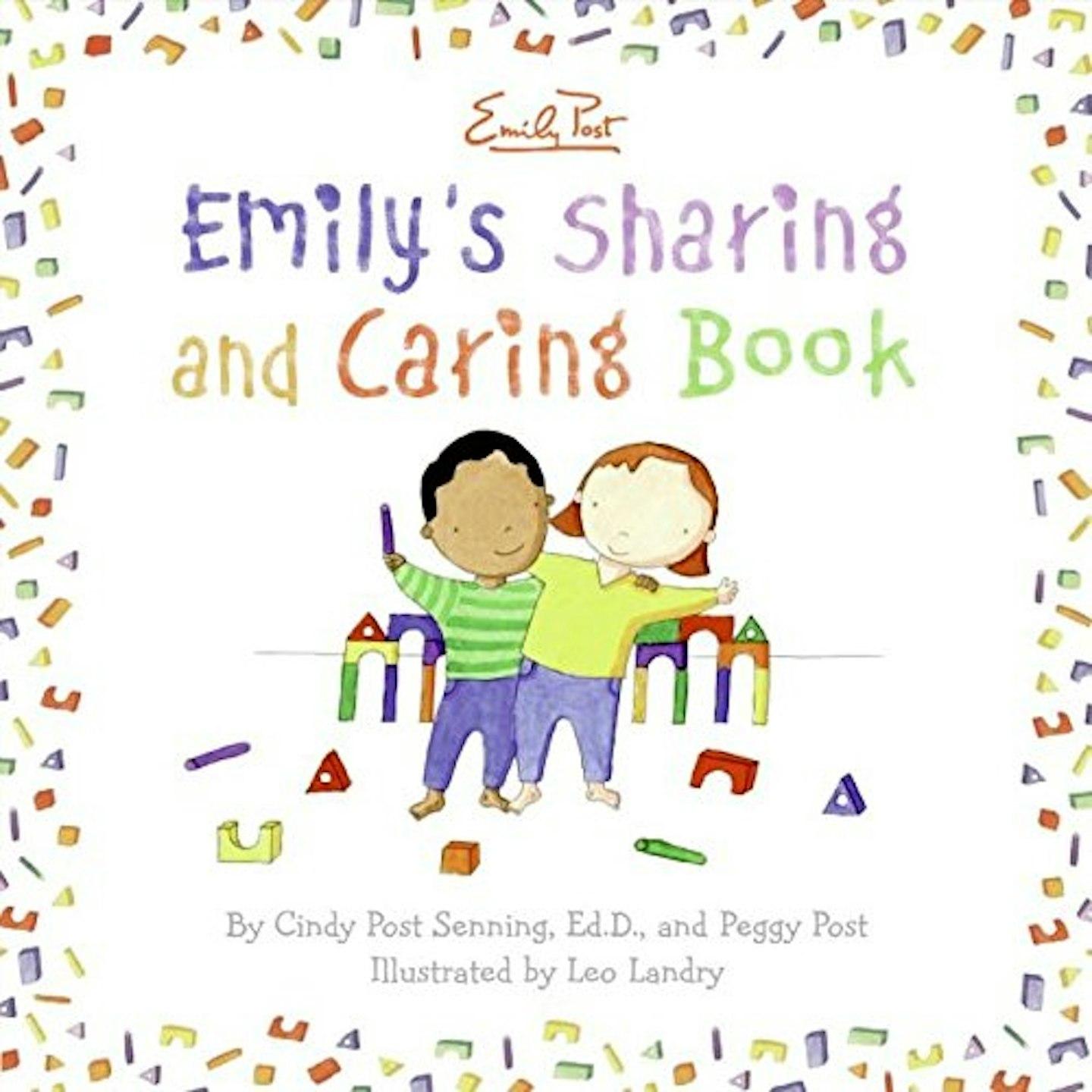
Description
If your child responds better to literal messages about good behaviour than fables, this could be the book for you. Emily’s Caring and Sharing Book is clear, but gentle and it also comes with helpful tips for parents on encouraging good manners.
One review said: “This is a sweet book with a great message. My grand daughter loved the story! She needed to see that others consider sharing important not just Grandma and Mommy!”
5. That’s (Not) Mine
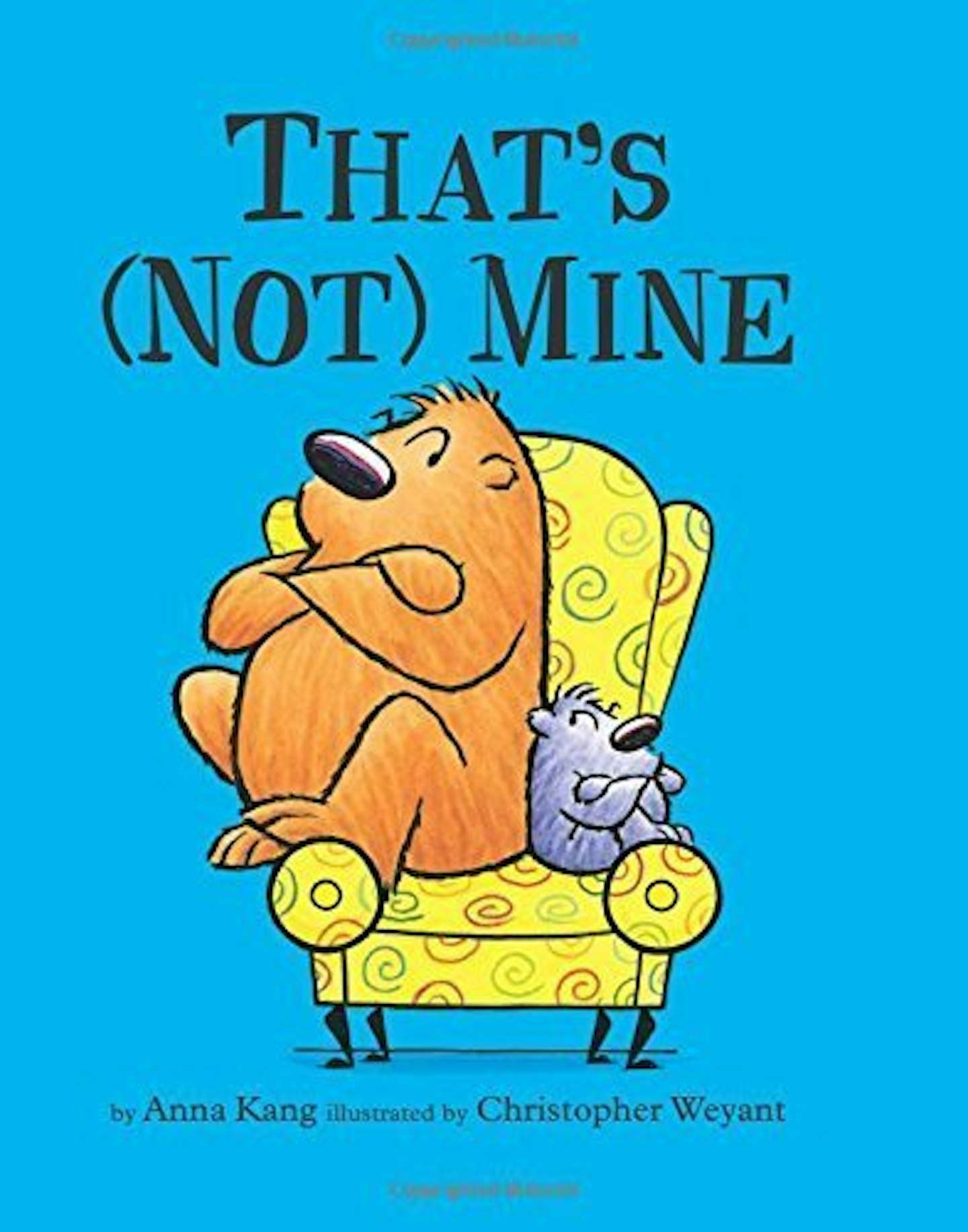
Description
A funny tale of failing to share, Kang’s award winning visuals in That’s (Not) Mine are guaranteed to spark giggles as well as conversations about what it means to be a good friend.
One review said: “We’ve all heard children fight over who had something first. This book has two friends fighting over a chair they both feel is theirs. They try to outwit each other to regain control of it until they finally realize it isn’t worth fighting about. I love the ending! A great book for resolving this issue between siblings or classmates.”
Tips for Teaching Sharing:
- Set Clear Expectations: Establish clear expectations about sharing from an early age. Help children understand that sharing is a fundamental aspect of building strong relationships and as a caregiver, understand that sharing is a skill that takes time to develop. Communicate the importance of considering others’ feelings and needs. Young children may not grasp the concept immediately, and that’s perfectly normal. Patience is key in guiding them through the learning process without creating undue stress.
- Lead by Example:Infants and toddlers are keen observers, mimicking the behaviors they witness. Parents and caregivers can model sharing by demonstrating generosity in their interactions. Whether it’s sharing a snack or passing a toy, these small acts set a powerful example for the little ones. Your infant and toddler will pick up these acts in no time by leading by example! You can also use role-playing scenarios Children often connect with stories and imaginative play. Use books or create stories that emphasize the joy of sharing.
- Encourage Communication:Foster open communication by encouraging children to express their feelings and needs. By articulating their desires and understanding those of their siblings or friends, children learn to navigate shared spaces with empathy. Positive reinforcement is a potent tool in shaping behavior. Whenever a child willingly shares or takes turns, offer enthusiastic praise. This positive reinforcement strengthens the idea that sharing is a commendable and rewarding behavior.
- Create a Sharing Space:Designate a specific area or box for shared toys and activities. This helps children develop a sense of community ownership and teaches them that certain items are meant for everyone’s enjoyment. When your child is at Sparkles! their classroom is a shared space for learning these skills.
- Start Simple:Introduce the concept of sharing gradually. Begin with simple activities such as taking turns during play or sharing a moment during mealtime. These initial experiences lay the groundwork for more complex sharing scenarios as your child matures.
- Implement a Sharing Schedule: Establish a routine that incorporates sharing into daily activities. Specifically, establishing a sharing schedule for specific toys or activities. This structured approach helps children anticipate when it’s their turn and creates a sense of fairness in the sharing process.This could be as simple as sharing a bedtime story or involving the child in household tasks where cooperation and sharing are essential. Introduce the concept of taking turns, emphasizing that everyone gets a chance to use or play with something. Encourage sharing to be a generous act and a celebrated family value. Acknowledge and celebrate moments when children willingly share with others. This positive reinforcement strengthens the connection between sharing and positive emotions.
- Involve Children in Decision-Making:Include children in discussions about what items can be shared and which are personal. By involving them in decision-making, you empower them to take responsibility for their belongings while fostering a sense of autonomy.
- Promote Empathy:Help children understand the feelings of others by discussing emotions and perspectives. When a child learns to empathize, sharing becomes a natural extension of their understanding of others’ needs and desires.
- Be Mindful of Sibling Dynamics:Sibling relationships offer an excellent platform for learning to share. Encourage siblings to share toys, experiences, and time together. Facilitate communication and conflict resolution to enhance their ability to share effectively. Equip children with problem-solving skills to navigate conflicts that may arise during sharing. Encourage them to express their concerns, listen actively, and work together to find solutions that benefit everyone involved. In situations where sharing a single item might be challenging, consider having duplicates of popular toys or objects. This can help reduce conflict and allow children to engage in parallel play while still enjoying the same activity.
- Encourage Cooperative Play:Create activities that require collaboration and teamwork. Whether it’s building a puzzle together or working on a project, cooperative play fosters a sense of shared achievement and strengthens bonds. Foster a sense of camaraderie by creating shared experiences. Family outings, game nights, or joint creative projects provide opportunities for bonding and reinforce the idea that joy is magnified when shared.
From the first steps to sharing hearts, teaching children to share with siblings and friends is a dynamic process that requires patience, guidance, and consistent positive reinforcement. By instilling the values of empathy, communication, and cooperation, parents and caregivers play a pivotal role in shaping children into individuals who not only share toys but also share in the joy of shared experiences and meaningful relationships. Be sure to know, that while your child is participating in daycare activities, they are learning to share with their classmates and teachers. Remember, the lessons of sharing learned in childhood lay the groundwork for a lifetime of harmonious connections.

